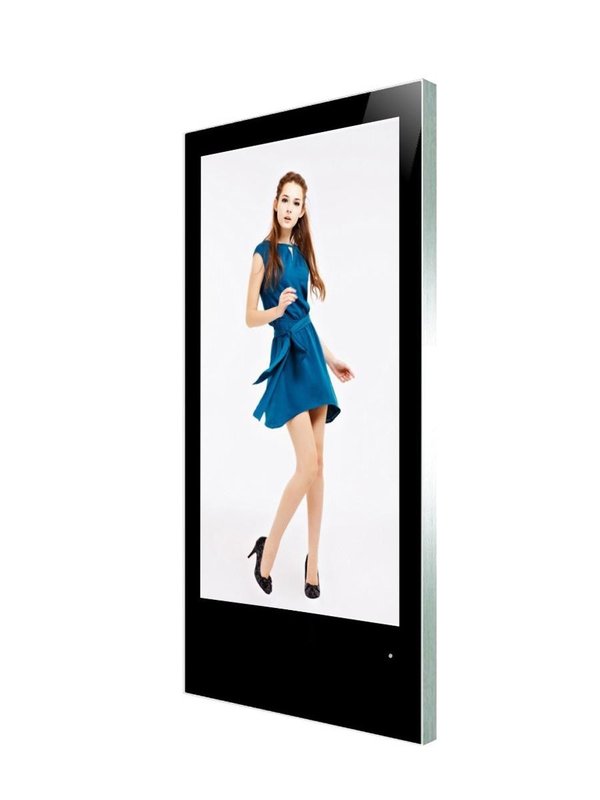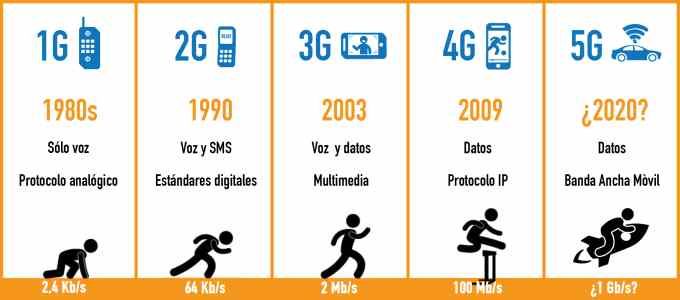You may get confused about various types of walkie talkies on sale in the UK, or not be certain what
type of walkie talkies you require , and what you’re legally allowed to use in some other countries that you plan to visit, or in your part of the world. Firstly, it is important to have in mind that any type of walkie talkie will function in any part of the world.
A walkie talkie is used on a channel that has a
frequency associated with the walkie talkie. In other words, if a channel has a frequency different from that of a walkie talkie, then the two will not work together.
License Free Walkie Talkies
There are 446 license-free frequencies that can be used for leisure radios such as, Motorola talkabout, Binatone and Cobra radios. However, there are eight PMR466 frequencies or PMR466 channels that can be used.
The spacing between each of these frequencies is 12.5 kHz. As the system name suggests, PMR446 frequencies are located around 446MHz and are in the UHF segment of the radio range.
Even though they are not necessarily authorized, PMR446 frequencies are harmonized for use across European countries.

High level use of PMR446 frequencies may result in some annoying problems. However, these can be reduced or rectified by changing the frequency of the PMR446. Other systems such as DCS codes and CTCSS tone can as well help in alleviating the problems.
In view of the possible high use of the frequencies and the PMR446’s unlicensed nature, the scheme is not appropriate for individuals who need to gain access to frequencies at specific times and locations or for life use.
These are simple, short-range walkie talkies that conform to the European Union-wide PMR446 standard and can be used by any person in the United Kingdom or European Union without a license. These types of radios are commonly sold in High-Street shops as well as in most radio outlets.
Commonly known as "PMR446s†radios that meet these standards usually have a power output of 0.5watts, meaning that their range is lower compared to the powerful business walkie talkies that are a licensed and which feature power outputs of 4-5 watts. All of them make use of the same eight channels and this causes problems sometimes if a given area has a lot of radio users using these channels.
Licensed Walkie Talkies
Two Way Radio for Business
Licensed handheld walkie talkies can have a power output of 5 watts, but "license free" PMR446 walkie talkies can only have 0.5watt power output. Therefore, the licensed walkie talkies usually have a better signal penetration and better range in buildings.
A majority of businesses prefer using a licensed 2-way walkie talkie system because, in spite of the benefits of license free walkie talkies (PMR 446), they have some downsides (like lower power, a short range and interference) which make them less effective than licensed business radio systems.
Taxi as well as other transport companies, and large sites like factories or hospitals, and businesses situated in a number of different locations are excellent examples of circumstances where a licensed radio system may be a favored option.
These situations require more powerful radios as opposed to hand-held portable walkie talkies with low frequencies. If the system of your radio relies on vehicle-mounted radios or a base station, a licensed radio system is necessary.
Ofcom
If you want start using a radio system in your business, then you
will have to get a license from Ofcom. In other words, Ofcom is a company that controls who can transmit on what frequency and where, to ensure that different users don’t interfere with each other.
Business radio system users range from factories and taxi companies, to industrial sites, hospitals, transport operators and care homes. To begin Ofcom’s licensing process there are a number of requirements that a business must first of all fulfil.
Ofcom license is especially important regarding official radio users like police, military, railways, air traffic control and emergency services, railways, etc. Radio systems that meet specific standards can be used without any license from Ofcom. For many walkie talkie users, license free radios will be okay. And if you are in need of a license, it isn’t that expensive or complicated to get one.
The UK simple license is a license issued by Ofcom and gives holders the right to use more powerful radios. It is effectively a license to use powerful radios any place in the UK, using give frequencies which are shared by anyone using this license. This license is easy and quick to apply for, costs about £75 per organization, and is valid for 5 years.
It is the only option for people who need to use their radio systems anywhere in the United Kingdom, and is ideal for most business radios users.
Geographic License
This license provides you with specific frequencies or frequency allocated just for your organization’s use within a given geographical area. The cost of the license varies from moderately cheap in most locations in the UK (about £100 annually), with the cost heightening in key cities, more so London, where the demand for radio frequencies is very high, going for up to more than £500 per year.
Radios that are designed to use dedicated frequencies such as this, should not be used outside of the licensed area, since the same frequency will possibly have been assigned to somebody else and you will therefore be causing interference to them.
UK Business Radio Suppliers License
This is a license for hire companies and radio equipment suppliers. It allows these companies to do short term radio hire via a set of frequencies allotted to radio hire companies. It also allows these companies to provide ‘demo’ radio systems to potential customers and to undertake repairs to radio systems.
When these companies hire out their radio equipment, it’s hired using this license, so that the person hiring it does need to worry about licensing issues.
Summary
The importance of walkie talkies and radios in the UK and other parts of the world cannot be overlooked. Not only are these gadgets important in everyday communication, but they continue to play a very crucial role in the development of other communication tools. A lot of useful information about radios and walkie talkies has been highlighted in this article for the benefit of radio users and the public in general.





















